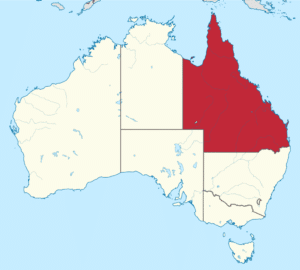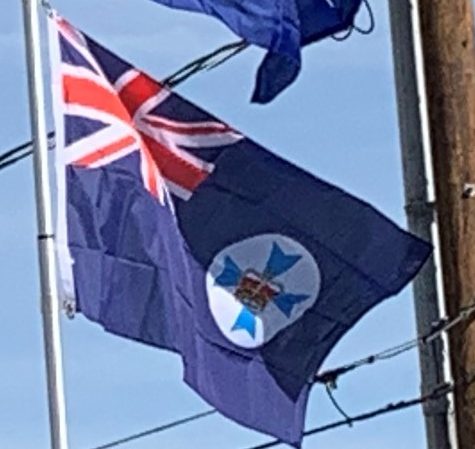Introduction:
Queensland is the second-largest and third-most populous state in the Commonwealth of Australia. Situated in the north-east of the country, it is bordered by the Northern Territory, South Australia and New South Wales to the west, south-west and south respectively. To the east, Queensland is bordered by the Coral Sea and Pacific Ocean. To its north is the Torres Strait, with Papua New Guinea located less than 200 km across it from the mainland. The state is the world’s sixth-largest sub-national entity, with an area of 715,309 square miles.
As of 15 May 2018, Queensland has a population of 5,000,000, concentrated along the coast and particularly in the state’s South East. The capital and largest city in the state is Brisbane, Australia’s third-largest city. Often referred to as the “Sunshine State”, Queensland is home to 10 of Australia’s 30 largest cities and is the nation’s third-largest economy. Tourism in the state, fueled largely by its warm tropical climate, is a major industry.

Queensland was first inhabited by Aboriginal Australians and Torres Strait Islanders. The first European to land in Queensland (and Australia) was Dutch navigator Willem Janszoon in 1606, who explored the west coast of the Cape York Peninsula near present-day Weipa. In 1770, Lieutenant James Cook claimed the east coast of Australia for the Kingdom of Great Britain. The colony of New South Wales was founded in 1788 by Governor Arthur Phillip at Sydney; New South Wales at that time included all of what is now Queensland, Victoria and Tasmania. Queensland was explored in subsequent decades until the establishment of a penal colony at Brisbane in 1824 by John Oxley. Penal transportation ceased in 1839 and free settlement was allowed from 1842.
The state was named in honor of Queen Victoria, who on 6 June 1859 signed Letters Patent separating the colony from New South Wales. Queensland Day is celebrated annually statewide on 6 June. Queensland was one of the six colonies which became the founding states of Australia with federation on 1 January 1901.
History:
The history of Queensland spans thousands of years, encompassing both a lengthy indigenous presence, as well as the eventful times of post-European settlement. The north-eastern Australian region was explored by Dutch, Spanish and French navigators before being encountered by Lieutenant James Cook in 1770. The state has witnessed frontier warfare between European settlers and Indigenous inhabitants, as well as the exploitation of cheap Kanaka labour sourced from the South Pacific through a form of forced recruitment known at the time as “blackbirding“. The Australian Labor Party has its origin as a formal organisation in Queensland and the town of Barcaldine is the symbolic birthplace of the party. June 2009 marked the 150th anniversary of its creation as a separate colony from New South Wales. A rare record of early settler life in north Queensland can be seen in a set of ten photographic glass plates taken in the 1860s by Richard Daintree, in the collection of the National Museum of Australia.
Arrival of Aboriginal Australians:
The Aboriginal occupation of Queensland is thought to predate 50,000 BC, likely via boat or land bridge across Torres Strait, and became divided into over 90 different language groups.
